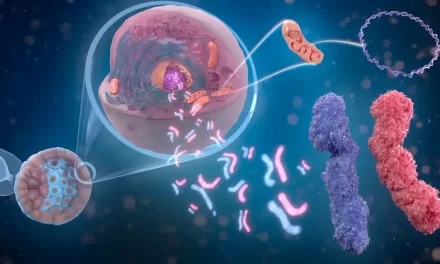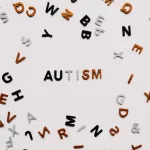New study uncovers how brain development affects adolescent decision-making.
Adolescents may often make decisions that seem impulsive or unwise, but it’s not just a matter of poor judgment—science is revealing that their brains are still developing in ways that impact how they make choices. A new study published on November 14 in PLOS Biology by Vanessa Scholz, Lorenz Deserno, and their colleagues from the University of Würzburg in Germany sheds light on how adolescents’ brains contribute to their decision-making process, highlighting the role of brain development and cognitive resources.
The study suggests that while adults tend to make more informed, sophisticated decisions, adolescents often struggle with decision noise—a term used to describe the tendency to make choices that are less optimal or more erratic. This decision noise, according to the study, is a natural part of growing up, tied to the ongoing development of brain areas that control decision-making and cognitive functions.
The Developmental Shift: From Noise to Precision
The research team analyzed data from 93 participants aged 12 to 42, who completed three tasks assessing different aspects of decision-making. These included tasks evaluating goal-directed behavior, motivation’s influence on choices, and adaptive decision-making in response to changing environments. The researchers found that decision noise was highly correlated across these tasks. This means that the more “noisy” an individual’s decisions were in one area, the more likely they were to be noisy in others as well.
Interestingly, the study revealed that as individuals age, decision noise decreases and is linked to an increase in more sophisticated decision-making abilities, such as the ability to plan, adapt, and flexibly respond to new information. This shift is not just a matter of getting older, but also of the brain’s maturation, which gradually supports more complex decision-making processes.
The Brain’s Role in Decision Noise
The researchers propose that the high levels of decision noise in adolescents are partly due to limited cognitive resources. During adolescence, brain regions responsible for cognitive control—such as the prefrontal cortex—are still developing. With fewer cognitive resources at their disposal, adolescents are more likely to rely on simpler, less efficient strategies when making choices, and these strategies tend to be more influenced by emotions, social pressures, and immediate rewards.
“In adolescence, cognitive control systems are still maturing,” explains Scholz. “This can make young people more susceptible to making decisions based on short-term gains rather than long-term outcomes, or to being swayed by emotional and social factors.”
Implications for Understanding Adolescence and Neurodevelopment
These findings provide new insights into the computational processes underlying decision-making and the changes that occur during adolescence. The study suggests that the transition from high decision noise to more sophisticated decision-making skills is an important part of growing up, and that it may also help explain why teenagers sometimes make seemingly irrational decisions.
The research opens up new avenues for studying neurodevelopmental disorders, such as ADHD and anxiety, where decision-making processes can be disrupted. Future studies may explore how these cognitive processes unfold in different age groups and what role they play in both normal and atypical brain development.
Scholz and Deserno note that while teenagers’ decision-making can appear irrational, it is a reflection of the brain’s ongoing growth. “Teenagers make less optimal, so-called ‘noisy’ decisions. While these noisy decisions decrease as they grow older, this decrease is also linked to the development of improved complex decision-making skills, such as planning and flexibility,” they said.
So, the next time a teenager makes a questionable choice, remember—it’s not just about poor decision-making, but about the natural, ongoing process of brain development that shapes how we make decisions at every stage of life.











